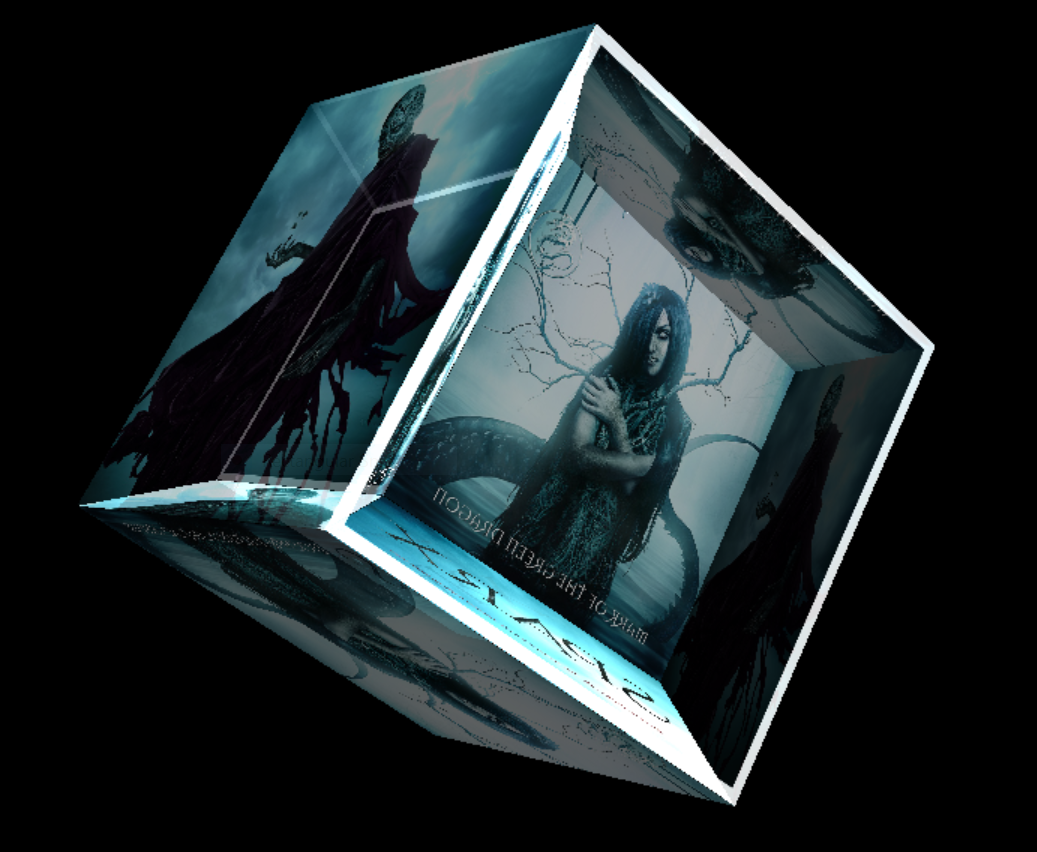Such a hermit, I have been...
And busy drafting the next couple of SPARX books to kick-off Series 2, called Luminary. I see this as a four-book series. It can be read after Incarnation (Series 1) or beforehand – the order doesn’t matter. A draft of the first part is nearly done. It’s about the same length as Mark of the Green Dragon . There is "just one more chapter" to finish. But that chapter keeps getting longer, and then I split it, and then the two parts get longer, so I split them, and so on. It’s a bit like fighting the Hydra.
Oddly, the second book in this upcoming series is already written (well, mostly). I worked out a draft quite some time ago and have even considered publishing it first. I have since abandoned that notion though. It just wouldn’t work that way. And who knows? – I may still add to it before all is said and done.
BTW I haven’t forgotten about Incarnation (Series 1) – I plan to add a third part, currently on the drawing board. It will be a “whale of a tale” and is quickly shaping up to be a swashbuckling adventure set in the cool, subterranean waters of the Dim Sea. The story splits off from Order of the Undying just after the rather morbid Ritual of the Brilliant. Leviathans feature prominently in the storyline, as does a sleek and dangerous sailing vessel by the name of Black Sliver, with a diabolical captain. New underground races are introduced and rival factions of Il’kinik (Gloom) society compete for the upper edge.
Now back to the Luminary series. The kickoff book in Series 2 is tentatively named Out of the Grey. It has a real edge to it and targets a slightly older audience. For anyone who has read Incarnation , you may have noticed an Armageddon-like undercurrent to the story: the hidden agenda uncovered by Nud, how it shapes the future and how it ties into the past. Well, in this book, the Order Lumen of Gan is charged with preventing just that sort of thing from happening (doomsday). Members of the order – luminaries – are granted special privileges and access to old-world knowledge to help them monitor the Treaty of Nature and report violations to the High Council. Unlike present-day treaties in the real world that might be aimed at keeping us from annihilating ourselves, this treaty is in place to keep civilization from attracting too much attention… especially the wrong kind of attention… from something on the “outside.” Namely, the Orbweaver.
Due to their unique skills, luminaries are also involved in secretive projects under the auspices of the Lord of the March – officially to keep those projects in line with the treaty, of course, but really to push the limits of what can be accomplished within its bounds. Anyway, something goes very wrong and… well… more on that another day.
Out of the Grey has proven tricky to write. There are a lot of diverse characters to introduce and they all have very different ways about them. A few are downright weird and just getting behind their eyes to see the world the way they might is quite challenging. Also, there is a “higher plane” quality to the storyline that requires careful handling. It is inspiring though, and I have had a lot of fun exploring the practicality of extra dimensions in both real-world and fantasy or sci-fi settings, with a little help from our resident teen programmer who provided some visualization for rotating higher dimensional objects. He digitally stitched two dozen SPARX images (some repeated) to a tesseract (4D cube) and spun them around in 4D-space (projected into 3D of course... 2D really since the screen is flat).
Take a look. Very weird looking:
Images rotated in and out of 4D. Music: http://www.purple-planet.com
The Luminary series has many more “dimensions” to it. The stories are packed full of legends and lore about the strange races that play central roles in the setting: the powerful leviathans, Hurlorns, Wulvers, Elderkin Greys (who are skilled builders & shipwrights), and the hyperplane-savvy Djinxarai. There are also equally strange places like Tetherport, Whisperwood, and Ironeagle Peak. The Dim Sea will have to wait though. I am saving that for the third book of Series 1.
So, my goal is to have a first draft completed by about mid-February, which I will hand over to my editor for ridicule. About two months later, say mid-April, I hope to have the material together enough for an advance reading copy (ARC) to help generate some reviews early on. This is where things get interesting.
Signed ARCs and pre-release copies of Out of the Grey will be available through a Kickstarter campaign in late March or April, along with some shameless merchandise such as t-shirts and mousepads. This venue is a great way to preorder, have a little fun, spread the word and it will help to get production of this new series off the ground.

